Transform Old Shoes into Flower Planter
Have you ever looked at a pair of old shoes and thought, "What a waste!"? Well, it's time to change that perspective! Instead of tossing them in the trash, why not transform those worn-out kicks into stunning flower planters? This creative endeavor not only gives your old shoes a second life but also adds a splash of personality to your garden or indoor space. Imagine stepping into your backyard and being greeted by vibrant flowers sprouting from your favorite pair of sneakers. It's a delightful blend of sustainability and artistic expression that can brighten up any area!
Repurposing old shoes into flower planters is a fun and eco-friendly project that allows you to showcase your creativity. Whether it's a pair of faded flip-flops or a beloved pair of boots, almost any type of footwear can be turned into a unique planter. Plus, this project is a fantastic conversation starter. Guests will be intrigued by your innovative gardening technique and may even want to join in on the fun!
In this article, we will explore the ins and outs of transforming old shoes into beautiful flower planters. From choosing the right shoes to designing and maintaining your planters, we've got you covered. So, grab those old shoes from the back of your closet, roll up your sleeves, and get ready to embark on a creative journey that will not only beautify your space but also contribute to a more sustainable world.
Ready to dive in? Let's start with how to choose the right shoes for your planter project!
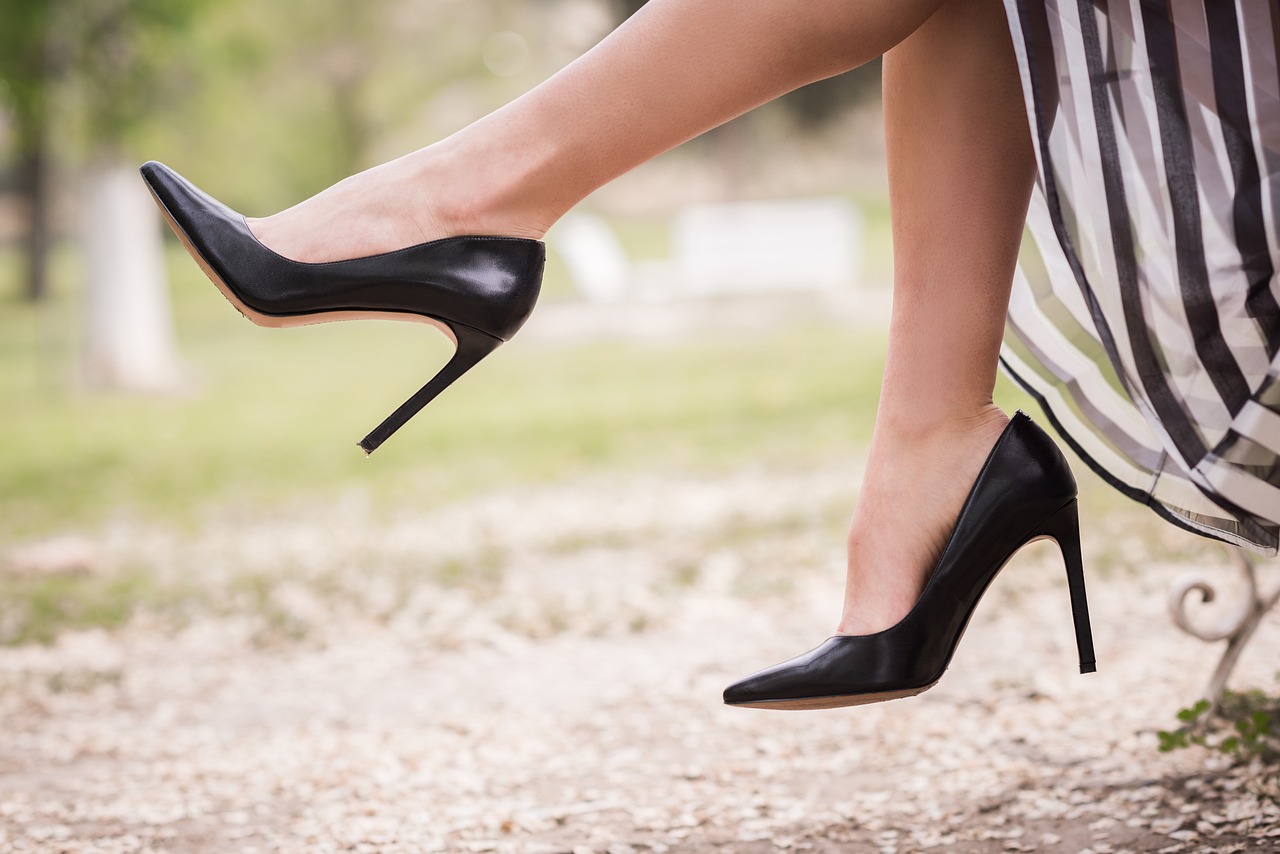
Choosing the Right Shoes
When it comes to transforming your old shoes into stunning flower planters, the first step is choosing the right pair. Not every shoe will serve the purpose of a planter, so it's crucial to consider a few key factors that will ensure your project is successful and visually appealing. Think about the size of the shoe, as larger shoes can accommodate bigger plants and provide more soil for growth. A boot or a high-top sneaker, for instance, can offer ample space for roots to spread out, while a simple flat may be more suited for smaller plants.
Next, you should consider the material of the shoes. Leather, canvas, and rubber are all viable options, but each has its own advantages. Leather shoes can add a rustic charm to your garden, while canvas can be painted and customized easily. Rubber shoes, like rain boots, are naturally waterproof and can be perfect for outdoor use. However, keep in mind that some materials may not provide adequate drainage, which is vital for plant health. Therefore, ensuring that the shoes you choose can be modified to allow for proper drainage is essential.
Lastly, the style of the shoe can greatly influence the aesthetic of your planter. Think about the vibe you want to create in your garden or indoor space. Are you going for a whimsical look? A pair of brightly colored sneakers might do the trick! Want something more elegant? Consider a classic pair of loafers or ankle boots. The right style can not only enhance your plant’s beauty but also add a personal touch to your decor.
In summary, when selecting shoes for your planter project, keep these factors in mind:
- Size: Larger shoes allow for bigger plants.
- Material: Choose materials that can handle moisture and allow for drainage.
- Style: Pick a style that complements your garden's aesthetic.
With these considerations in mind, you'll be well on your way to creating a unique and charming flower planter that not only showcases your plants but also reflects your personal style.
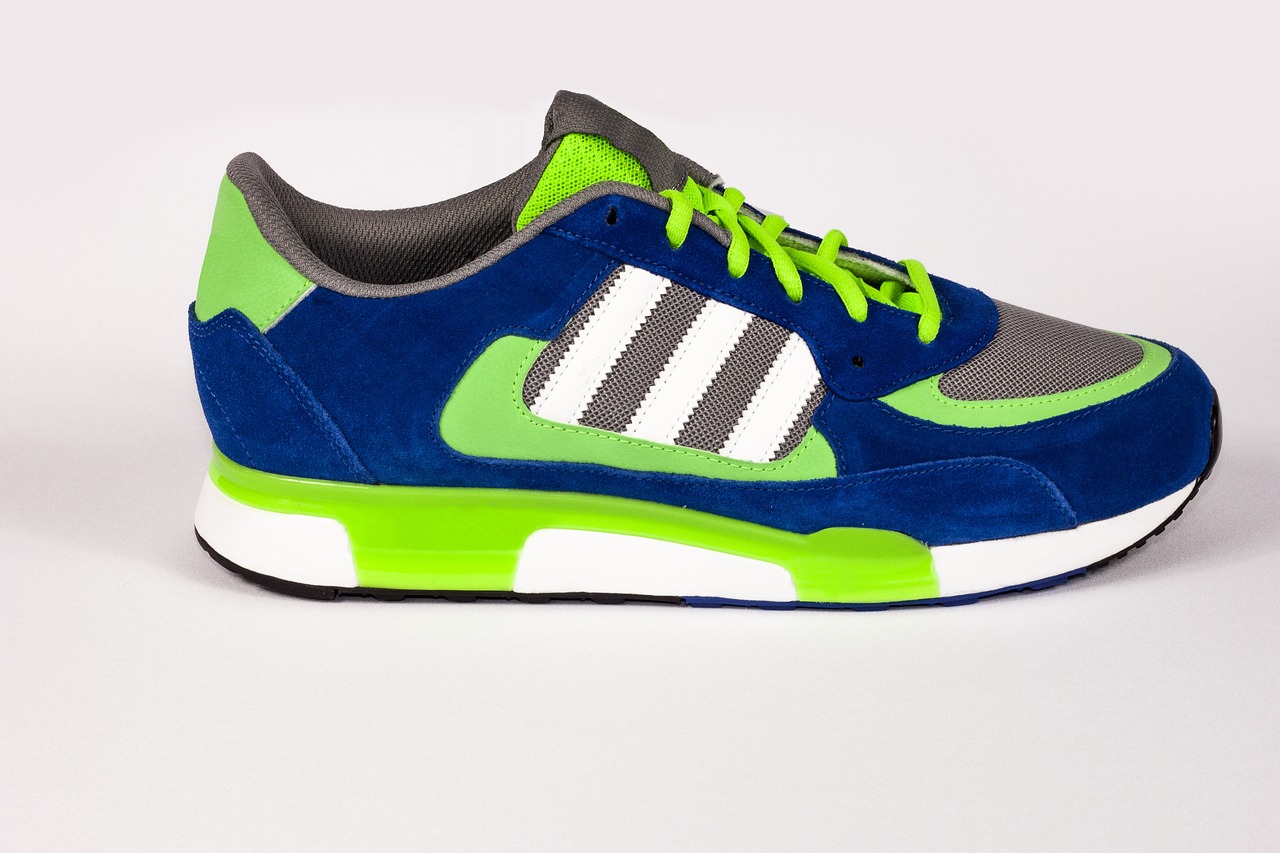
Preparing the Shoes
Before diving into the exciting world of transforming your old shoes into stunning flower planters, it's essential to prepare them properly. Think of this step as laying the groundwork for a beautiful garden; just like a chef preps their ingredients before cooking, you need to get your shoes ready for their new life. This preparation involves a few key tasks that will ensure your plants not only survive but thrive in their new home.
First and foremost, cleaning your shoes is crucial. Over time, shoes can accumulate dirt, grime, and even unpleasant odors that could hinder plant growth. Using natural cleaners is a great way to maintain the integrity of the materials while ensuring a safe environment for your plants. A mixture of vinegar and water can work wonders—just spritz it on and wipe away the dirt with a soft cloth. For stubborn stains, a gentle scrub with a toothbrush can help. Remember, the cleaner the shoes, the healthier the plants!
When it comes to cleaning, you have several options available. Here are some effective techniques:
- Use a damp cloth to wipe away surface dirt.
- For fabric shoes, consider using a mild detergent mixed with water.
- For leather shoes, a specialized leather cleaner will help maintain the material.
Once your shoes are clean, the next step is to remove the insoles. Insoles can retain moisture and create a breeding ground for mold, which is the last thing you want for your plants. Carefully pull out the insoles without damaging the shoe itself. If they’re glued in, you might need to use a flat tool to pry them out gently. This creates a more suitable environment for your plants to thrive, allowing for better airflow and drainage.
Now that your shoes are clean and the insoles are removed, it's time to tackle one of the most vital steps: creating drainage holes. Without proper drainage, excess water can lead to root rot—a nightmare for any plant lover! Depending on the material of your shoes, you can either drill or cut holes in the bottom. If you're using sneakers or rubber boots, a drill with a small bit will do the trick. For leather or canvas shoes, a sharp utility knife or scissors can be used. Aim for at least three to five holes to ensure adequate drainage.
Here’s a quick guide to creating drainage holes:
| Shoe Type | Method | Tools Needed |
|---|---|---|
| Sneakers | Drill holes | Drill, small drill bit |
| Rubber Boots | Drill holes | Drill, small drill bit |
| Leather Shoes | Cut holes | Utility knife or scissors |
| Canvas Shoes | Cut holes | Utility knife or scissors |
By following these steps—cleaning, removing insoles, and creating drainage holes—you’ll set the stage for a successful flower planter project. Your old shoes will not only serve as a unique and eye-catching addition to your garden or home but also provide a nurturing environment for your plants. So roll up your sleeves and get ready to turn those forgotten shoes into a vibrant display of nature!

Cleaning Techniques
This article explores creative ways to repurpose old shoes into unique flower planters, combining sustainability with artistic expression to enhance your garden or indoor space.
Selecting the appropriate old shoes is crucial for your flower planter project. Consider factors like size, material, and style to ensure they can accommodate plant growth and drainage.
Before planting, proper preparation of the shoes is essential. This includes cleaning, removing insoles, and creating drainage holes to promote healthy plant growth and prevent waterlogging.
Effective cleaning techniques will help remove dirt and odors from old shoes, ensuring a safe environment for your plants. Start by gathering your cleaning supplies. You'll need:
- Warm water
- Natural soap or detergent
- A soft brush or cloth
- Baking soda (for tough odors)
Begin by removing any loose dirt or debris from the shoes with a soft brush. This initial step is crucial as it prevents dirt from becoming mud when you add water. Next, mix warm water with a few drops of natural soap or detergent. Dampen your cloth or brush in this solution and gently scrub the exterior of the shoes. Pay special attention to areas that may have accumulated grime, like the soles and crevices.
If your shoes have stubborn odors, sprinkle a generous amount of baking soda inside them and let it sit overnight. Baking soda is a natural deodorizer that will absorb unwanted smells. The following day, simply shake out the baking soda and give the shoes another quick scrub with a damp cloth to ensure they are fresh and clean.
For shoes made of fabric, you can consider machine washing them if the care label allows it. Just remember to remove any decorative elements first, and place them in a laundry bag to protect them during the wash. After washing, air dry them completely before proceeding to the next steps.
By following these cleaning techniques, your old shoes will not only look great but also provide a healthy environment for your plants to flourish!
Insoles can retain moisture and create mold. Learn how to safely remove them without damaging the shoe, ensuring a suitable space for your plants to thrive.
Drilling or cutting drainage holes is vital for preventing overwatering. This section provides step-by-step instructions on how to create effective drainage in various shoe types.
Selecting plants that thrive in small spaces and require minimal maintenance is key. Explore options suitable for your shoe planters, considering factors like sunlight and water needs.
Personalizing your shoe planters adds charm and character. Discover creative design ideas, including painting, embellishing, and arranging multiple planters for a cohesive look in your garden.
Explore various painting techniques to enhance the aesthetic appeal of your shoe planters. From spray paint to brush techniques, find the best methods to match your style.
Incorporate decorative elements such as stones, ribbons, or other embellishments to make your shoe planters unique. This section offers tips on combining materials for a visually appealing design.
Ongoing care is essential for the health of your plants. Learn about watering, fertilizing, and seasonal maintenance to keep your shoe planters thriving throughout the year.
Q: Can I use any type of shoe for planting?
A: While most shoes can be repurposed, it's best to choose those that are sturdy and have enough space for plants to grow. Avoid shoes that are too small or made of materials that can break down quickly.
Q: What types of plants are best for shoe planters?
A: Succulents, small herbs, and trailing plants work well in shoe planters. They require minimal maintenance and can thrive in limited soil space.
Q: How do I ensure proper drainage in my shoe planters?
A: It's essential to create drainage holes in the bottom of your shoes. This can be done with a drill or by using a sharp tool to make small cuts.
Q: Can I keep my shoe planters indoors?
A: Absolutely! Just make sure they receive enough light and monitor the water levels to prevent overwatering.
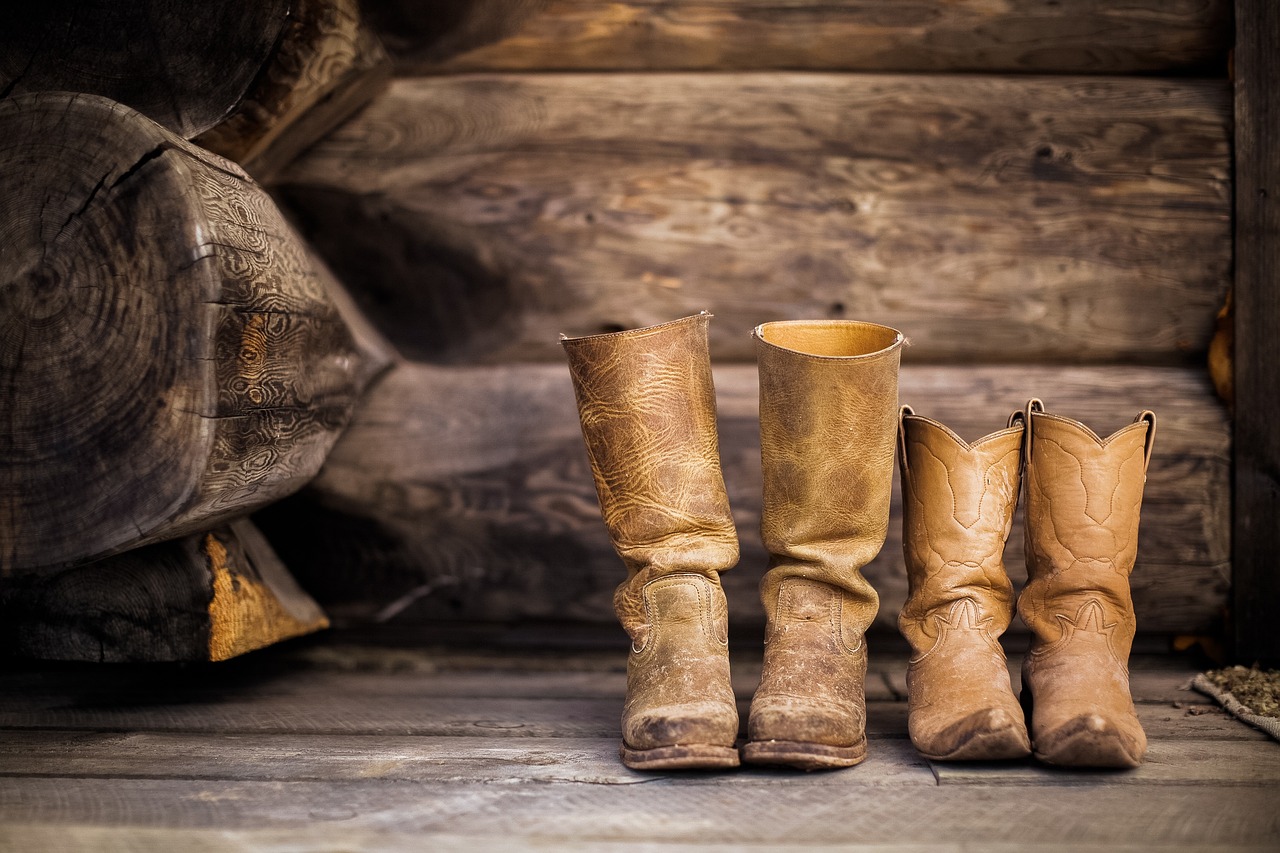
Removing Insoles
When transforming your old shoes into charming flower planters, removing the insoles is a crucial step that shouldn't be overlooked. Insoles can trap moisture, leading to unwanted mold and unpleasant odors, which are definitely not what you want for your lovely plants. So, how do you go about this? First, you need to assess the type of insoles in your shoes. Some may be glued in, while others are simply placed inside. If they are glued, you'll need to be a bit more careful to avoid damaging the shoe itself.
To start, gently pull at the edge of the insole. If it seems stubborn, you can use a flat tool, like a butter knife or a small screwdriver, to pry it up carefully. Just be cautious not to puncture the shoe material. If your insoles are removable, simply lift them out. Once removed, inspect the inside of the shoe. You might find dust, dirt, or even some old crumbs hiding in there! A quick cleaning can help ensure a healthy environment for your plants.
After the insoles are out, consider the space you now have. This is your opportunity to create a cozy home for your plants. Depending on the shoe type, you might want to line the inside with a small layer of gravel or pebbles to help with drainage. This will not only assist in keeping the roots healthy but also add a nice touch to your planter's interior. Remember, the goal is to create a space where your plants can thrive without the risk of overwatering.
In summary, removing the insoles is a simple yet vital part of preparing your shoe planters. By ensuring that your shoes are clean and free from moisture-retaining materials, you're setting the stage for a beautiful and sustainable planting experience. So, roll up your sleeves and get ready to give those old shoes a brand new life!
- Can I use any type of shoe for planters? Yes, but consider the size and material. Larger shoes provide more space for plants, while breathable materials are better for drainage.
- Will the shoes deteriorate over time? Yes, especially if they are made of organic materials. However, you can prolong their life by placing them in sheltered areas and maintaining them regularly.
- How often should I water my shoe planters? It depends on the plants you choose. Generally, check the soil moisture regularly and water when the top inch feels dry.
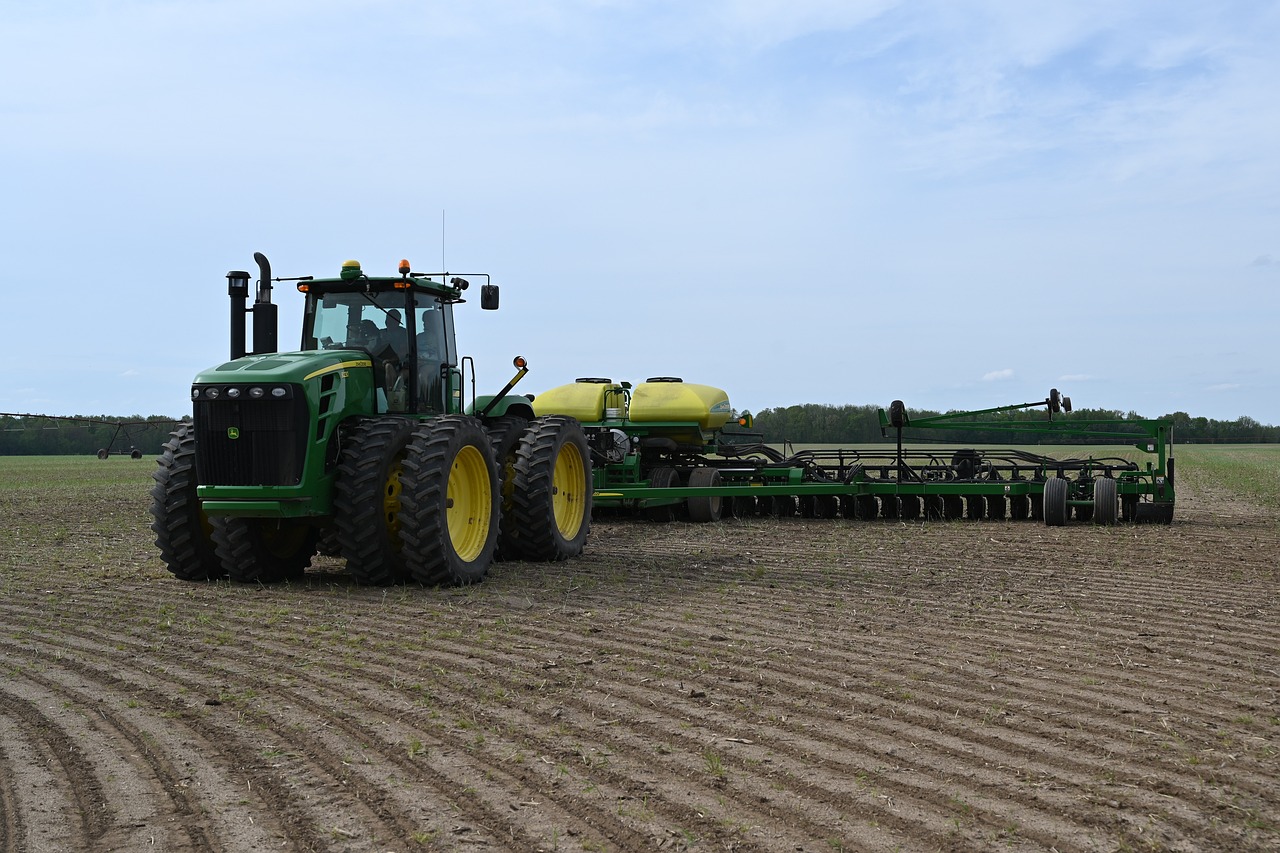
Creating Drainage Holes
Creating drainage holes in your old shoes is a crucial step in transforming them into beautiful flower planters. Without proper drainage, your plants can suffer from overwatering, leading to root rot and other issues. But don’t worry! This process is straightforward and can be done with just a few simple tools. First, you’ll want to gather your materials. You’ll need a drill or a sharp knife, a marker, and possibly a pair of gloves to protect your hands. It’s important to choose the right shoes for this project, as some materials are easier to work with than others.
Start by selecting the area where you’d like to create the holes. For shoes made of rubber or plastic, a drill works best, while leather or fabric shoes may require a sharp knife. Using a marker, mark the spots where you want to create the holes. Typically, you should aim for at least three to five drainage holes at the bottom of each shoe, depending on its size. This will ensure that excess water can escape freely.
Now, let’s get to the fun part! If you’re using a drill, simply align the bit with your marked spots and drill through the sole of the shoe. Make sure to apply even pressure and keep the drill steady to avoid damaging the shoe. If you’re using a knife, carefully cut small X-shaped slits where you’ve marked. Be cautious not to cut too deep, as you want to maintain the shoe's structure. Once you’ve created the holes, check to ensure they are large enough for water to pass through but not so large that soil will fall out.
After drilling, it’s a good idea to clean up any rough edges around the holes. You can use sandpaper or a file to smooth out the cuts, ensuring they’re safe to handle. This step is especially important for shoes that will be used indoors, as you don’t want any sharp edges that could cause injury. Additionally, if you plan to place your planters on a surface that could be damaged by water, consider placing a small tray underneath to catch any excess moisture.
Remember, the key to healthy plants is ensuring they have adequate drainage. So, take your time with this step, and soon enough, you’ll have a lovely pair of shoe planters ready for your favorite flowers!
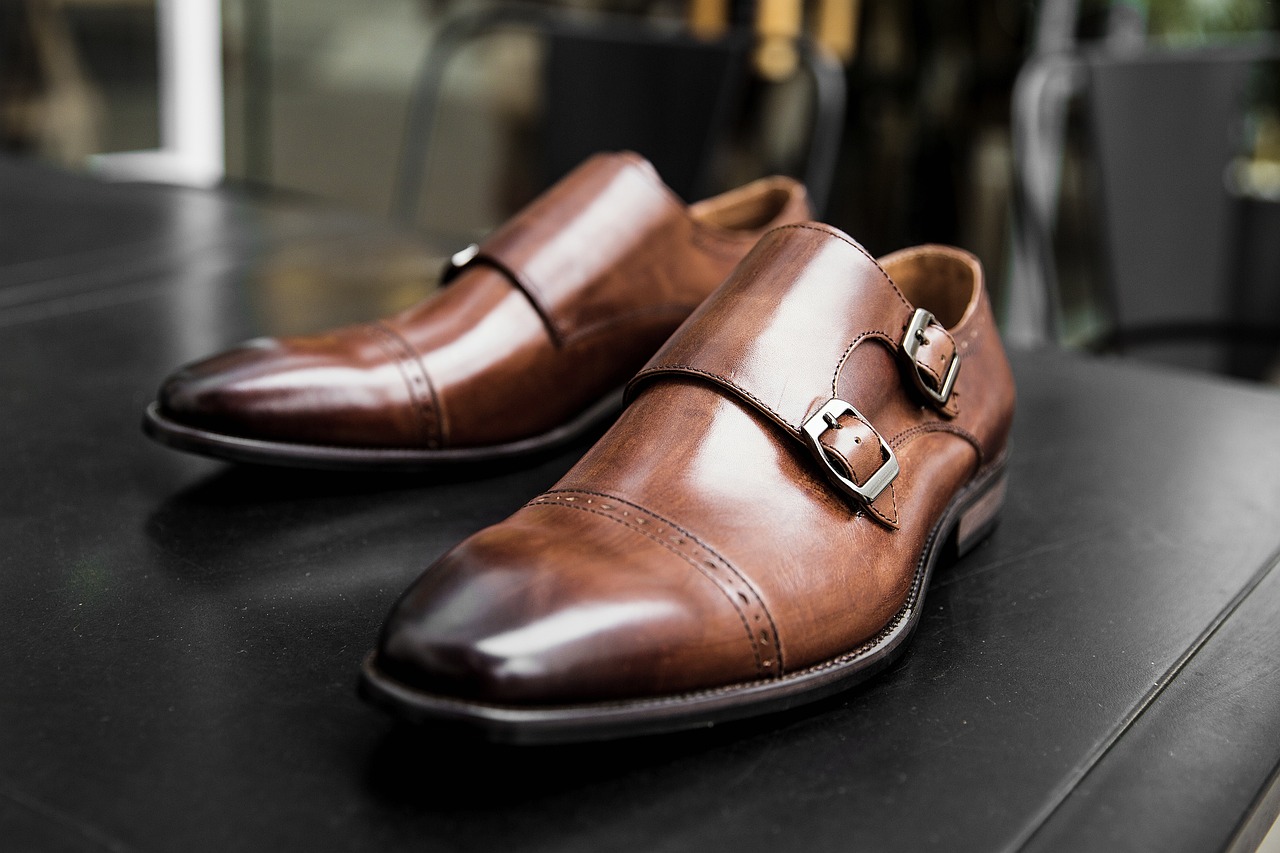
Choosing the Right Plants
When it comes to transforming your old shoes into stunning flower planters, selecting the right plants is crucial for both aesthetics and practicality. After all, you want your little green friends to thrive in their new home, don’t you? Think of your shoe planters as cozy apartments for your plants, so it’s essential to choose tenants that can adapt to their unique environment. Factors like size, light requirements, and water needs will play a significant role in your selection process.
First and foremost, consider the size of your shoes. A larger shoe, like a boot, can accommodate bigger plants or even small shrubs, while a smaller shoe might be better suited for petite flowers or succulents. If you're feeling adventurous, why not mix and match? Imagine a vibrant collection of tiny succulents nestled in an old pair of sneakers, creating a delightful contrast!
Next, let’s talk about light requirements. Most plants need a good amount of sunlight to flourish, so think about where you’ll place your shoe planters. If they’ll sit on a sunny windowsill, opt for sun-loving plants like petunias or marigolds. Conversely, if they’ll be in a shadier spot, consider shade-tolerant options such as ferns or pothos. It’s all about matching the plants to their new environment!
Watering needs are another vital aspect to consider. Some plants, like cacti, thrive on neglect and prefer dry conditions, while others, like impatiens, enjoy a more humid atmosphere. A good rule of thumb is to choose plants that share similar watering requirements to avoid creating a situation where one plant is drowning while another is parched. To help you visualize this, here’s a quick comparison table:
| Plant Type | Size | Light Requirement | Water Needs |
|---|---|---|---|
| Petunias | Medium | Full Sun | Moderate |
| Marigolds | Medium | Full Sun | Moderate |
| Cacti | Small | Full Sun | Low |
| Ferns | Medium | Partial Shade | High |
| Pothos | Small | Low Light | Moderate |
Additionally, consider the seasonality of your plants. If you’re looking to have a burst of color throughout the spring and summer, choose annuals that bloom for a long time. On the other hand, if you want something that will come back year after year, perennials might be the way to go. It’s like having a reliable friend who shows up every season!
Lastly, don’t forget about the fun factor! Choosing plants that you love or that have special meaning to you can make your shoe planters feel even more personal. Whether it’s your favorite herb for cooking or a flower that reminds you of a cherished memory, let your personality shine through in your plant choices. After all, gardening is about expressing yourself and bringing a bit of nature into your home.
In summary, the right plants will not only enhance the beauty of your shoe planters but also ensure they thrive in their new environment. So take your time, do a little research, and choose plants that will make your heart sing every time you glance at them!
- Can I use any type of shoe for planters? - While most shoes can be repurposed, it's best to use those made from materials that can handle moisture, like rubber or canvas.
- How do I ensure my plants don’t get overwatered? - Creating drainage holes is essential. Additionally, monitor the soil moisture regularly to prevent waterlogging.
- What should I do if my plants aren't thriving? - Check the light and water conditions. Adjusting these factors can often lead to improvements in plant health.
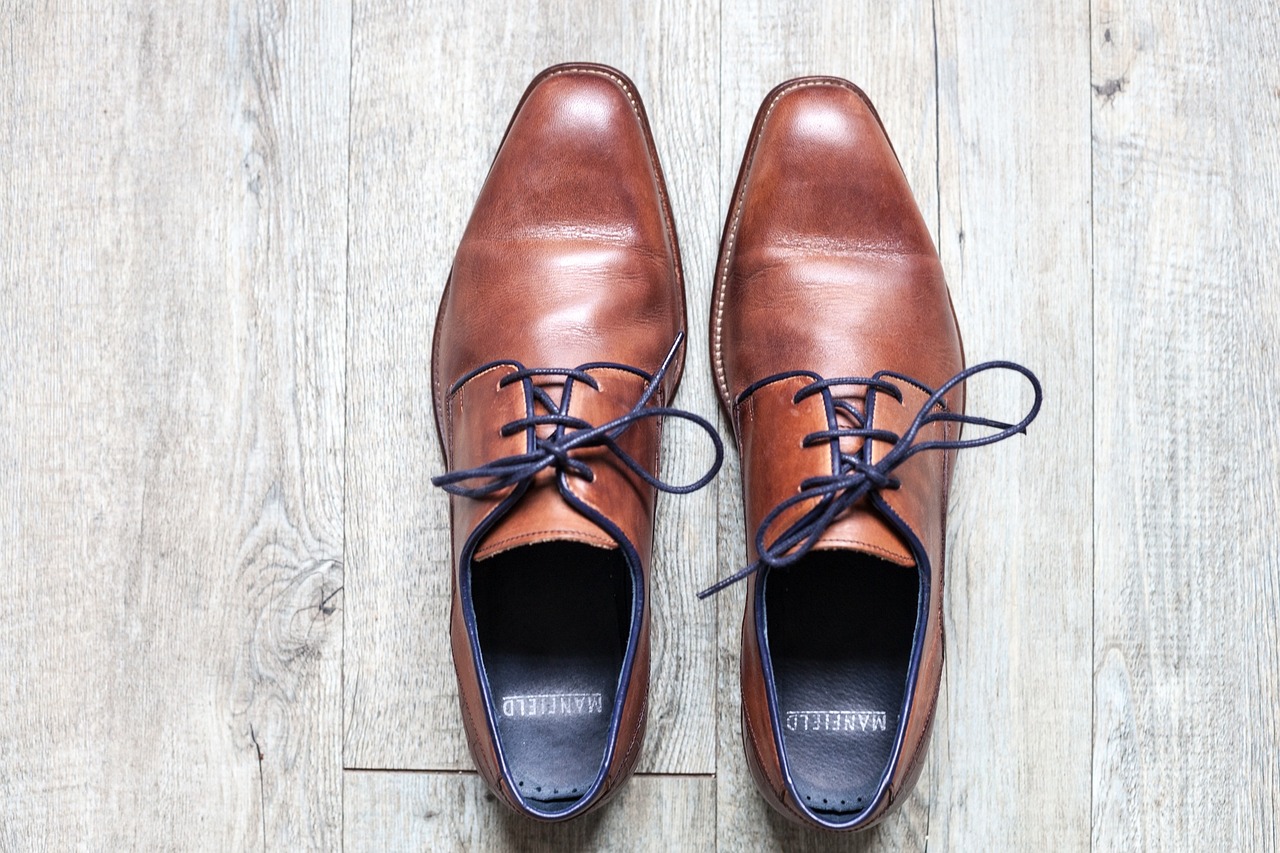
Designing Your Planter
Personalizing your shoe planters is where the real magic happens! This is your chance to unleash your creativity and transform those old shoes into stunning pieces of art that not only serve as homes for your plants but also as eye-catching décor for your garden or indoor space. Think of it like giving your shoes a second life, but this time, they’ll be blooming with color and personality rather than collecting dust in the back of your closet. So, how do you go about designing your planter? Let’s dive into some fun and creative ideas!
First off, consider the color palette. Choosing the right colors can significantly impact how your planters look. You might want to go for vibrant hues that pop against the greenery of your plants, or perhaps soft pastels that create a more subtle, elegant vibe. If you’re feeling adventurous, why not try a combination of both? You can use spray paint for a smooth finish or brush techniques for a more textured look. Remember, it’s all about what resonates with your style!
Next, think about embellishments. Adding decorative elements can elevate the appearance of your shoe planters and make them truly unique. Here are a few ideas to get you started:
- Stones and Pebbles: Use them to create a natural look around the base of your plants.
- Ribbons and Twine: Wrap them around the shoes for a rustic touch.
- Stickers and Decals: Apply fun designs or quotes that reflect your personality.
Arranging multiple planters can also create a cohesive look. Imagine a charming little corner in your garden with a series of shoe planters in various sizes and colors. You could even create a themed display by using shoes from different eras or styles, like a vintage sneaker next to a classic high heel. The contrast can be delightful and will surely spark conversations among your guests!
Lastly, don’t forget about functional design. While aesthetics are crucial, ensuring your planters are practical is just as important. Make sure they have adequate drainage and are positioned to receive the right amount of sunlight for the plants you choose. This balance of beauty and function is what will keep your planters thriving and looking fabulous!
Q: Can I use any type of shoe for my planter?
A: While you can use a variety of shoes, it’s best to choose those made from materials that can withstand moisture, such as rubber or canvas. Avoid shoes with too many porous materials that might degrade over time.
Q: How do I ensure my plants get enough sunlight?
A: Position your shoe planters in areas where they receive the appropriate amount of sunlight based on the needs of the plants you’ve chosen. You can also rotate them occasionally to ensure even exposure.
Q: What types of plants are best for shoe planters?
A: Opt for small, low-maintenance plants like succulents, herbs, or trailing vines. These plants thrive in smaller spaces and can add a lovely touch to your shoe planters.
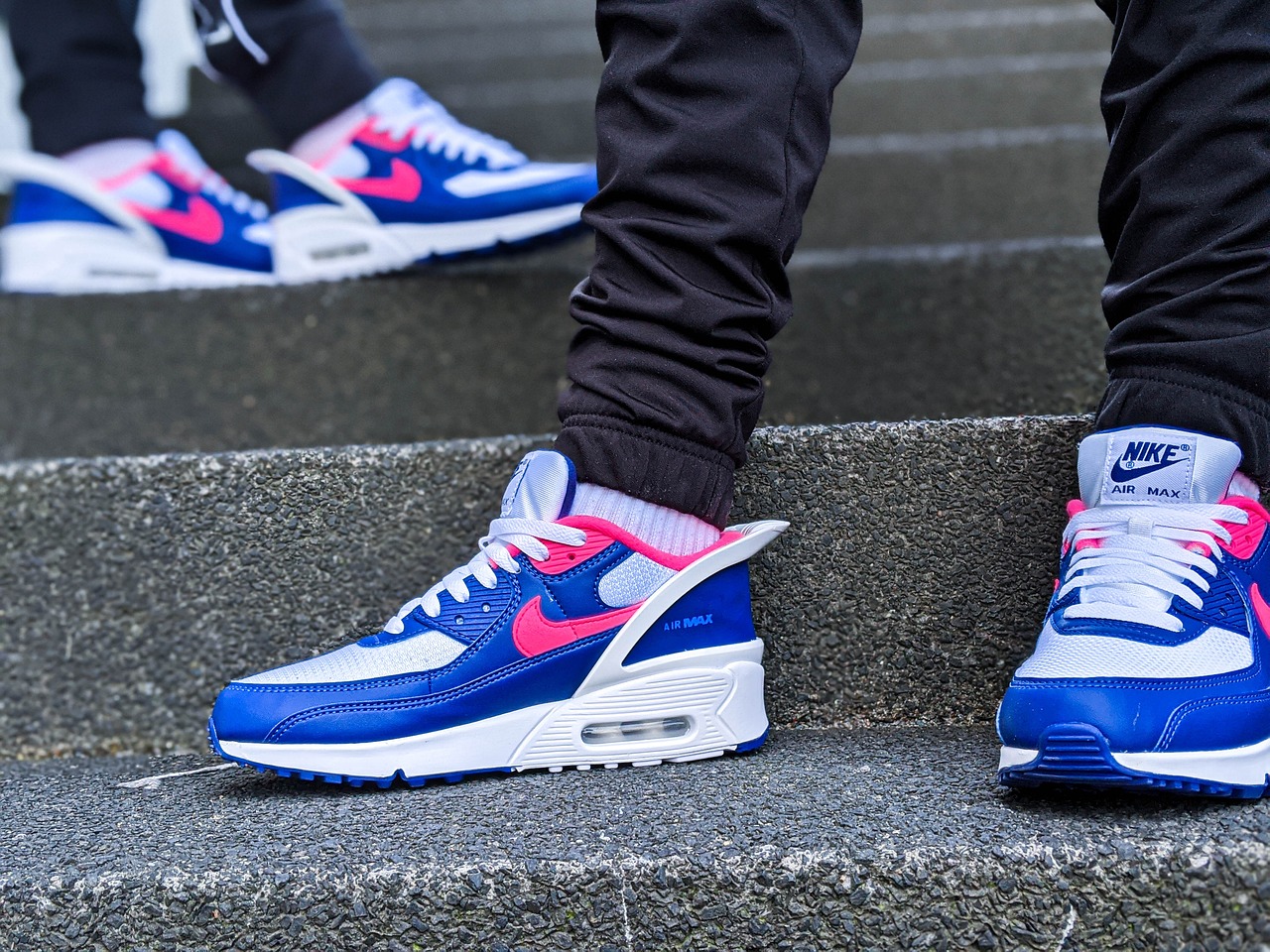
Painting Techniques
This article explores creative ways to repurpose old shoes into unique flower planters, combining sustainability with artistic expression to enhance your garden or indoor space.
Selecting the appropriate old shoes is crucial for your flower planter project. Consider factors like size, material, and style to ensure they can accommodate plant growth and drainage.
Before planting, proper preparation of the shoes is essential. This includes cleaning, removing insoles, and creating drainage holes to promote healthy plant growth and prevent waterlogging.
Effective cleaning techniques will help remove dirt and odors from old shoes, ensuring a safe environment for your plants. Use natural cleaners to maintain the integrity of the materials.
Insoles can retain moisture and create mold. Learn how to safely remove them without damaging the shoe, ensuring a suitable space for your plants to thrive.
Drilling or cutting drainage holes is vital for preventing overwatering. This section provides step-by-step instructions on how to create effective drainage in various shoe types.
Selecting plants that thrive in small spaces and require minimal maintenance is key. Explore options suitable for your shoe planters, considering factors like sunlight and water needs.
Personalizing your shoe planters adds charm and character. Discover creative design ideas, including painting, embellishing, and arranging multiple planters for a cohesive look in your garden.
When it comes to transforming your old shoes into stunning flower planters, play a pivotal role. The right paint can breathe new life into those tired shoes, making them a vibrant addition to your garden or indoor space. Here are some methods to consider:
- Acrylic Paint: This is a versatile option that adheres well to most materials. It’s available in a variety of colors and can be mixed to create custom shades. Make sure to seal it with a waterproof sealant to protect it from the elements.
- Spray Paint: If you're looking for a quick and even finish, spray paint is your best friend. Opt for outdoor-safe spray paint to ensure durability. Remember to spray in a well-ventilated area and use masks to avoid inhaling fumes.
- Chalk Paint: For a matte finish with a rustic feel, chalk paint is an excellent choice. It adheres to various surfaces without the need for primer, making it easy to use. Plus, it can be distressed for a vintage look!
As you paint, think about the color scheme that will complement your plants. Bright colors can make your planters pop, while earthy tones can create a more natural look. You can also consider using stencils to add intricate designs or patterns, which can elevate your flower planters from ordinary to extraordinary.
Don't forget to let your creativity shine! Mixing techniques, like combining spray paint with hand-painted details, can yield stunning results. The key is to have fun and express your personality through your designs. Imagine your old sneakers transformed into a colorful canvas that not only holds plants but also tells a story!
Ongoing care is essential for the health of your plants. Learn about watering, fertilizing, and seasonal maintenance to keep your shoe planters thriving throughout the year.
Q: Can I use any type of shoe for planting?
A: While you can use various types of shoes, it's best to choose those made from materials that can hold soil and allow for drainage, like canvas or rubber.
Q: How do I ensure proper drainage in my shoe planter?
A: You can create drainage holes by drilling or cutting holes in the bottom of the shoe. This prevents water from pooling and helps maintain healthy plant roots.
Q: What types of plants are best for shoe planters?
A: Succulents, small flowers, and herbs are great options as they require minimal space and maintenance.
Q: How can I protect my painted shoes from the weather?
A: Use a waterproof sealant after painting to protect your design from rain and sun exposure.

Adding Decorative Elements
When it comes to transforming your old shoes into stunning flower planters, the fun doesn’t stop at just planting. can truly elevate your creations, allowing your personality and artistic flair to shine through. Think of your shoe planters as a canvas; the more creative you get, the more unique your garden space will become. So, what can you add to make them stand out?
First, consider using natural materials. Stones, pebbles, or even small pieces of driftwood can add texture and interest to your planters. Not only do they look great, but they also serve a practical purpose by helping with drainage and moisture retention. You can arrange these materials around the base of your plants or scatter them on top of the soil for an earthy touch.
Next up, let’s talk about color and embellishments. A splash of paint can do wonders! You can choose bright, bold colors to make a statement or soft pastels for a more subtle look. Consider using spray paint for a smooth finish or a brush for a more textured effect. Once your shoes are painted, think about adding ribbons, lace, or fabric bows. These elements can create a charming, whimsical vibe, making your planters feel like they belong in a fairy tale.
Moreover, you might want to incorporate artistic objects like miniature figurines or garden gnomes. These playful additions can create a delightful narrative in your garden, drawing the eye and sparking conversation among visitors. You could even use themed decorations based on the season—think pumpkins in the fall or snowflakes in the winter—to keep your planters fresh and exciting throughout the year.
Finally, don’t hesitate to mix and match different materials and styles. A shoe planter adorned with both rustic stones and vibrant ribbons can create a stunning contrast that catches the eye. The key is to experiment and find a combination that resonates with your personal style. After all, your garden is an extension of you, and it should reflect your creativity and passion.
- Can I use any type of shoe for planters? Yes! Just ensure they have enough space for plants and proper drainage.
- What plants are best for shoe planters? Succulents, herbs, and small flowering plants work well in limited space.
- How do I maintain my shoe planters? Regular watering, occasional fertilizing, and seasonal checks will keep your plants healthy.
- Will the shoes decompose over time? Yes, depending on the material, they may break down, so consider using more durable options for longevity.
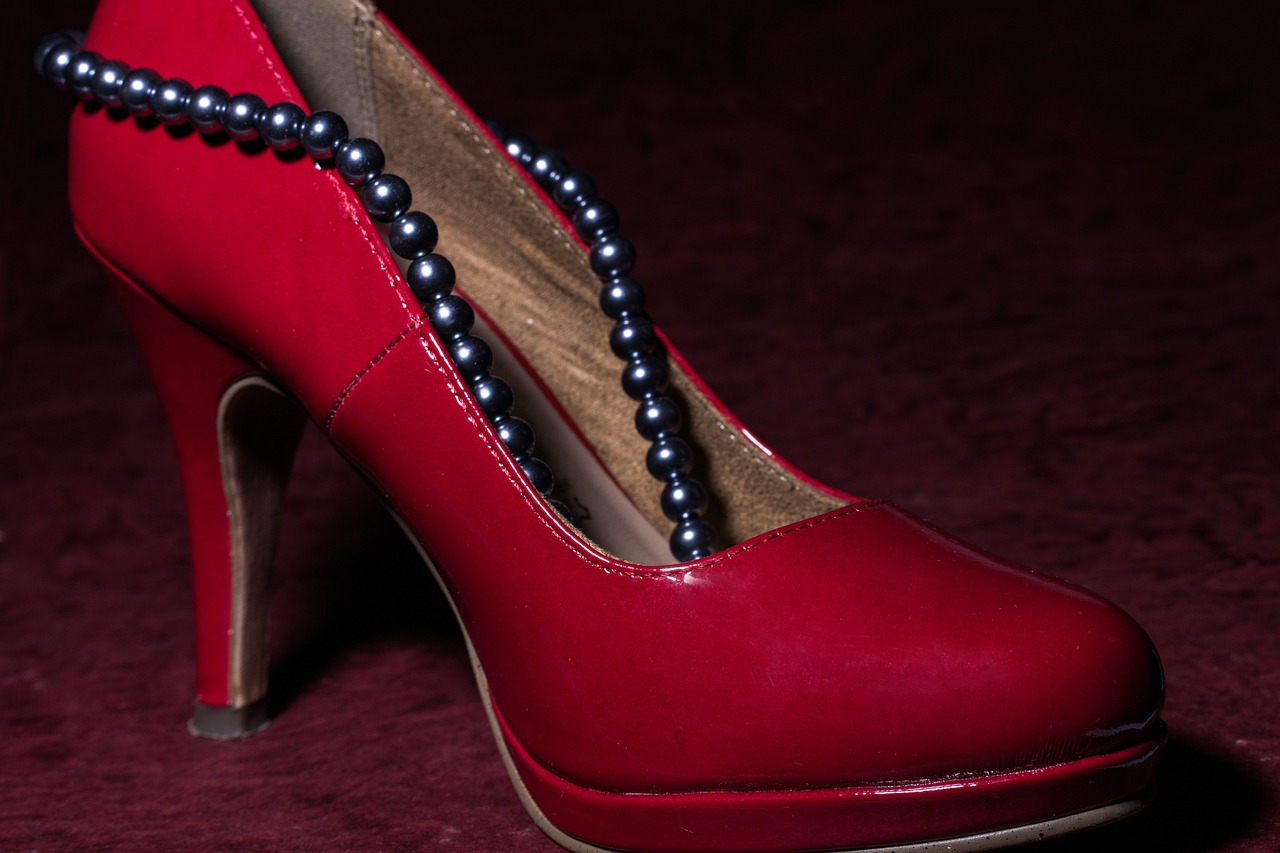
Maintaining Your Shoe Planters
Once you’ve transformed those old shoes into charming flower planters, the next step is to ensure they remain vibrant and healthy. Just like any garden, your shoe planters require regular attention to thrive. Think of them as little ecosystems that depend on your care! To keep your plants flourishing, you’ll need to focus on a few key areas: watering, fertilizing, and seasonal maintenance.
First off, let’s talk about watering. Since shoe planters often have limited soil space, it’s crucial to monitor moisture levels closely. Overwatering can lead to root rot, while underwatering can cause your plants to wilt. A good rule of thumb is to check the soil with your finger; if it feels dry about an inch down, it’s time to give your plants a drink. Remember, the type of plants you choose will influence watering frequency. For instance, succulents require much less water compared to vibrant petunias!
Next up is fertilizing. Just like us, plants need their nutrients to grow strong and healthy. Since the soil in your shoe planters can deplete nutrients faster than traditional garden beds, consider using a balanced, water-soluble fertilizer every few weeks during the growing season. You can also opt for organic options, such as compost tea, which is not only effective but also environmentally friendly.
And let’s not forget about seasonal maintenance. As the seasons change, so do the needs of your plants. In the spring, you may want to prune back any dead foliage and check for pests. Summer might call for more frequent watering, while fall is the perfect time to prepare your planters for winter. If you live in a region with harsh winters, consider bringing your planters indoors or covering them to protect your plants from frost. This seasonal approach ensures that your shoe planters not only survive but also thrive year-round.
To summarize, here’s a quick checklist to help you maintain your shoe planters:
- Check soil moisture regularly.
- Fertilize every few weeks during the growing season.
- Prune dead leaves and check for pests in spring.
- Adjust watering frequency based on the season.
- Protect your plants from harsh winter conditions.
By keeping these maintenance tips in mind, you’ll not only enhance the beauty of your garden but also enjoy the satisfaction of nurturing life in your unique planters. So, roll up your sleeves and get ready to give those shoe planters the love they deserve!
Q: Can I use any type of shoe for planters?
A: While most shoes can be used, it’s best to avoid those made from materials that will break down quickly, like cardboard or flimsy plastics. Sturdy shoes like sneakers, boots, or clogs work best.
Q: How do I prevent pests in my shoe planters?
A: Regularly check your plants for signs of pests, and consider using organic pest control methods like neem oil or insecticidal soap to keep them at bay.
Q: What plants are best for shoe planters?
A: Look for plants that thrive in small spaces and require minimal maintenance, such as succulents, small ferns, or trailing vines like ivy.
Q: Can I keep my shoe planters indoors?
A: Absolutely! Many plants thrive indoors, just be sure they receive enough sunlight and adjust your watering routine accordingly.
Frequently Asked Questions
- What types of shoes are best for making flower planters?
When it comes to choosing shoes for your flower planters, think about size, material, and style. Sneakers, rain boots, and even high-top shoes can work wonders! Just ensure they’re sturdy enough to hold soil and plants.
- How do I prepare my old shoes for planting?
Preparing your shoes is super important! Start by cleaning them thoroughly to remove dirt and odors. Then, take out the insoles and create drainage holes to prevent water from accumulating, which can harm your plants.
- What cleaning methods should I use on my old shoes?
For cleaning, natural cleaners like vinegar and baking soda are fantastic options. They’ll help eliminate odors and grime without damaging the shoe material. Just scrub gently and rinse well!
- How can I make sure my plants thrive in shoe planters?
Choosing the right plants is key! Opt for small, low-maintenance plants that don’t require too much sunlight or water. Succulents and small herbs are great choices that can flourish in the limited space of a shoe planter.
- Can I paint my shoe planters, and how do I do it?
Absolutely! Painting your shoe planters adds a personal touch. You can use spray paint for a smooth finish or brushes for more detailed designs. Just make sure to use outdoor paint if they’ll be outside!
- What decorative elements can I add to my shoe planters?
Get creative! You can add stones, ribbons, or even small figurines to personalize your planters. Mixing and matching materials can create a unique look that reflects your style.
- How do I maintain my shoe planters?
Ongoing care is essential! Regularly check the moisture level of the soil and water as needed. Fertilizing your plants every few weeks will also help them stay healthy and vibrant throughout the seasons.



















